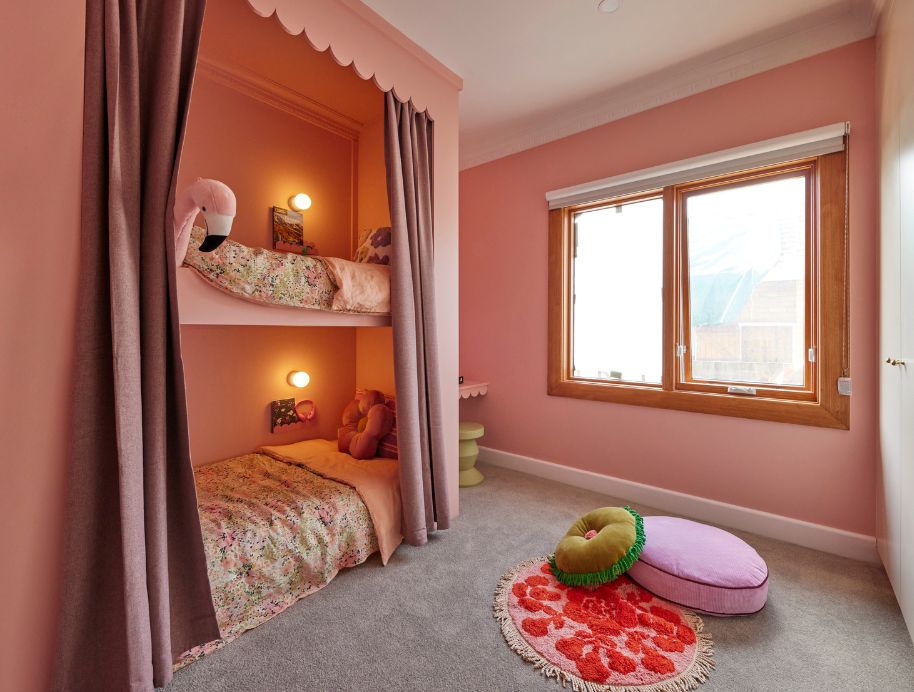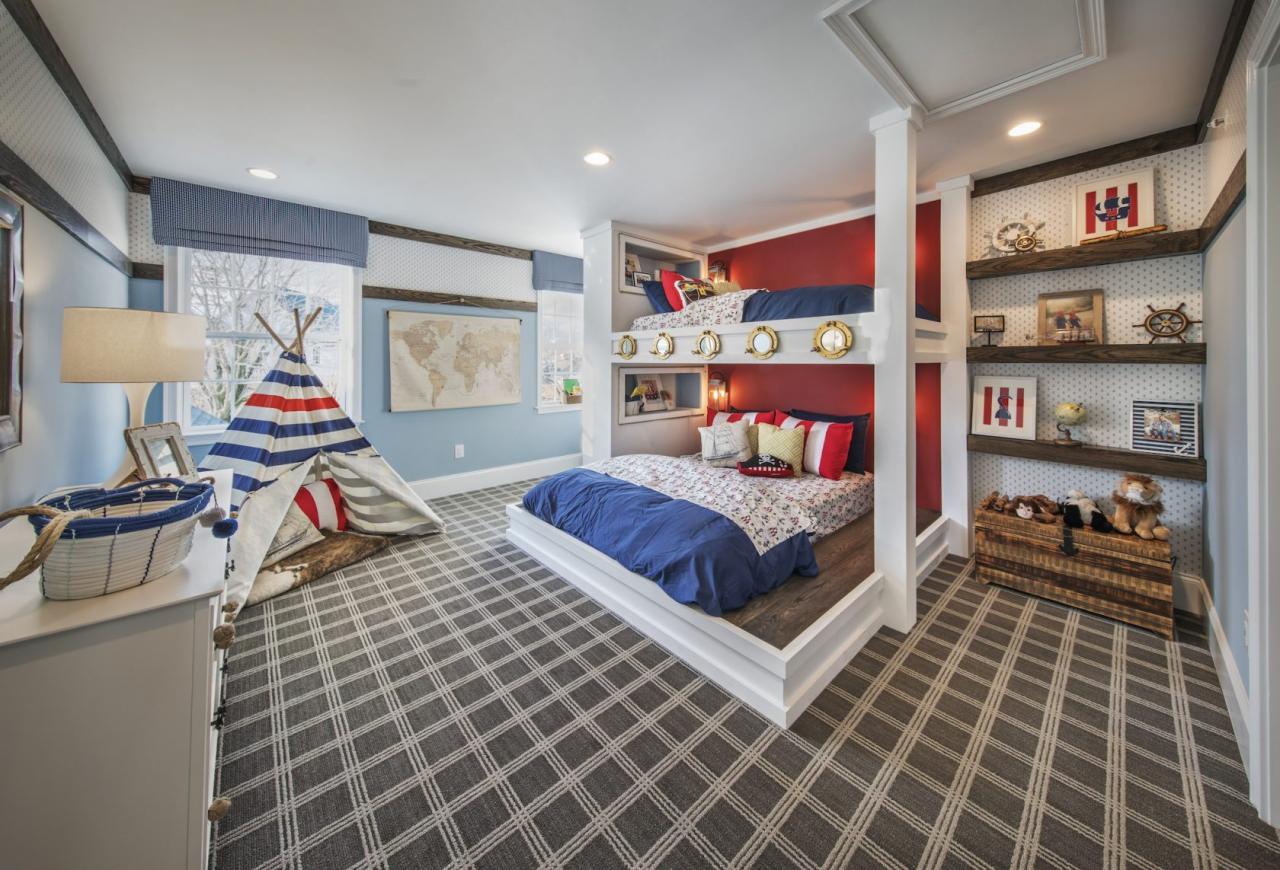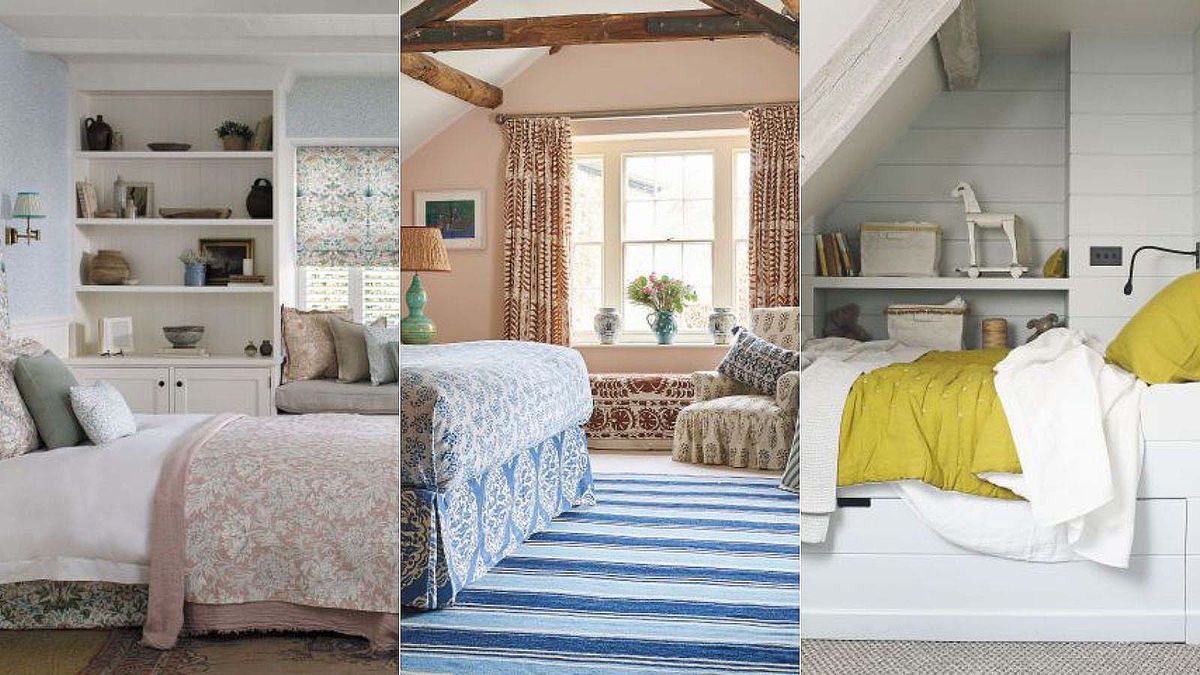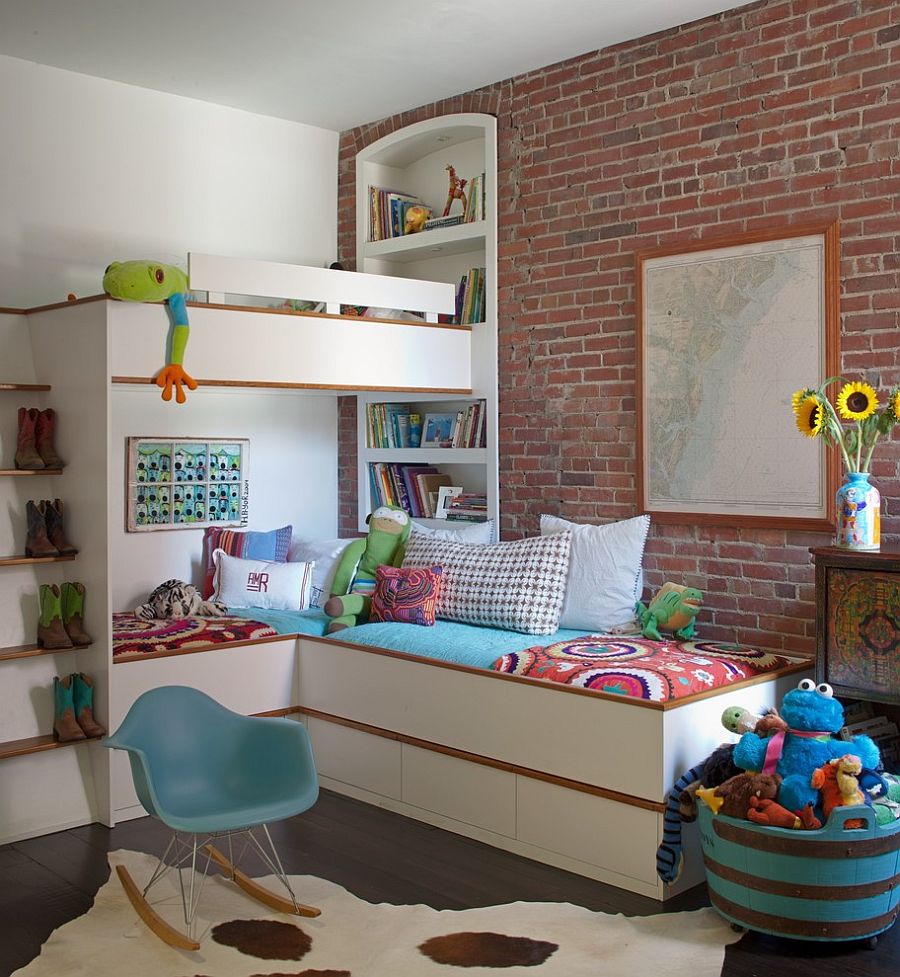In a world where greenery is becoming increasingly desired within homes, houseplants have emerged as the ultimate solution to bringing life and vibrancy into any living space. As a versatile and visually appealing decor choice, houseplants have the power to transform a room from ordinary to extraordinary. In this article, we will explore a variety of tips and ideas for decorating with houseplants to help you create a botanical oasis that is both beautiful and beneficial for your well-being.
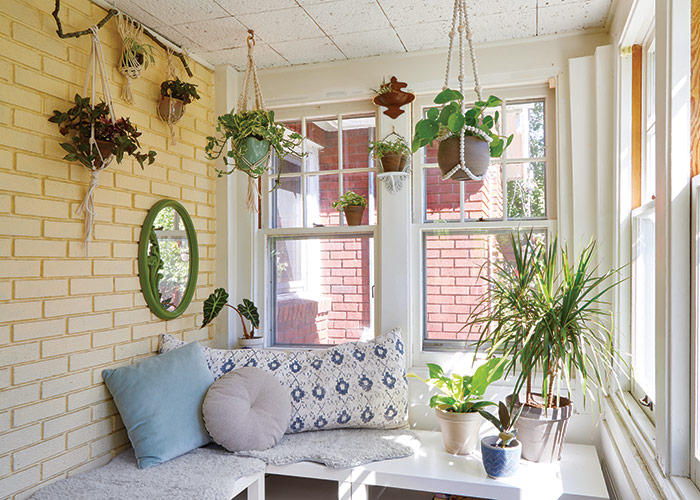
Choosing the Right Houseplants for Every Room
When it comes to decorating with houseplants, choosing the right plants for each room can make a big difference in the overall look and feel of your space. Consider the following tips and ideas to help you select the perfect houseplants for every room in your home.
Living Room:
- Large, leafy plants like fiddle leaf fig or rubber tree can make a statement in your living room.
- Succulents or cacti are great for adding a touch of greenery to coffee tables or shelves.
- Hanging plants like pothos or spider plants can create a cozy, welcoming atmosphere.
Bedroom:
- Lavender or jasmine plants are perfect for promoting relaxation and better sleep.
- Sansevieria or snake plant is great for purifying the air and adding a modern touch to your bedroom decor.
Incorporating Houseplants into Different Decor Styles
Houseplants can be a great addition to any decor style, adding a touch of nature and freshness to your space. Whether you prefer a minimalistic, bohemian, modern, or eclectic style, there are ways to incorporate houseplants seamlessly into your decor. Here are some tips and ideas to help you decorate with houseplants:
- Minimalistic: For a minimalistic decor style, consider using sleek and simple plant pots in neutral colors. Opt for plants with clean lines and minimal foliage, such as snake plants or ZZ plants. Place them strategically in empty spaces to add a pop of green without overwhelming the simplicity of the design.
- Bohemian: Embrace the bohemian vibe by using eclectic planters in various shapes, sizes, and colors. Mix and match different types of plants, such as hanging pothos, trailing ivy, and flowering peace lilies. Create a lush jungle corner or scatter plants throughout your space to create a cozy and vibrant atmosphere.
- Modern: In a modern decor style, opt for clean and geometric planters in metallic or monochromatic tones. Choose statement plants like fiddle leaf figs, rubber plants, or monstera deliciosa to enhance the contemporary look. Create symmetry by placing plants in pairs or groupings to complement the sleek lines and minimalist aesthetic.
- Eclectic: Mix and match different plant styles, colors, and textures to create an eclectic and whimsical decor. Combine vintage planters with modern plants or vice versa. Play with height and scale by incorporating hanging plants, tall plant stands, and tabletop arrangements. Let your creativity run wild and experiment with unique plant combinations to showcase your personality and style.
Creative Ways to Display Houseplants in Small Spaces
Looking to add some greenery to your small space but not sure where to start? Houseplants are a great way to liven up any room, but it can be a challenge to find the right display options in tight quarters. Luckily, there are plenty of creative ways to showcase your plants without taking up too much space.
One fun idea is to create a hanging plant wall using macrame plant hangers. This not only adds a touch of boho chic to your space but also frees up valuable floor space. You can mix and match different plant sizes and varieties to create a visually interesting display that is sure to brighten up any room.
Another clever way to display houseplants in small spaces is to utilize floating shelves. These can be placed on any empty wall and can hold a variety of plant sizes. Mix in some decorative pots or planters to add an extra pop of color and style to your display.
If you’re short on floor space, consider using a tiered plant stand. These stands come in a variety of styles and can hold multiple plants at once, making them a great space-saving solution. You can also get creative with the arrangement of your plants by mixing in some trailing vines and taller plants for added interest.
Tips for Caring for Indoor Plants to Ensure Healthy Growth
Whether you are a seasoned plant parent or just starting to bring some greenery into your living space, caring for indoor plants is essential for ensuring healthy growth. To help you decorate with houseplants successfully, here are some tips and ideas to keep your indoor garden flourishing:
- Choose the right plants: Select indoor plants that thrive in the lighting conditions of your home. Consider factors such as sunlight exposure, humidity levels, and temperature fluctuations.
- Provide proper watering: Overwatering or underwatering can harm your plants. Research the moisture requirements of each plant and create a watering schedule accordingly.
- Ensure adequate drainage: Use pots with drainage holes to prevent water from accumulating at the bottom and causing root rot. Place a saucer under the pot to catch excess water.
- Regularly inspect and clean: Check your plants for pests, yellowing leaves, or signs of disease. Wipe down the leaves with a damp cloth to remove dust and keep them healthy.
| Plant | Lighting Requirements |
| Snake Plant | Low to bright indirect light |
| Pothos | Low to medium indirect light |
| Spider Plant | Bright indirect light |
In conclusion, houseplants are an excellent way to bring life and beauty into your home. With the right tips and ideas, you can easily transform your space into a lush and vibrant oasis. Whether you’re a seasoned plant parent or just starting out, incorporating houseplants into your decor is sure to freshen up your space and boost your mood. So don’t be afraid to get creative and explore different ways to decorate with houseplants. Your home will thank you for it!

